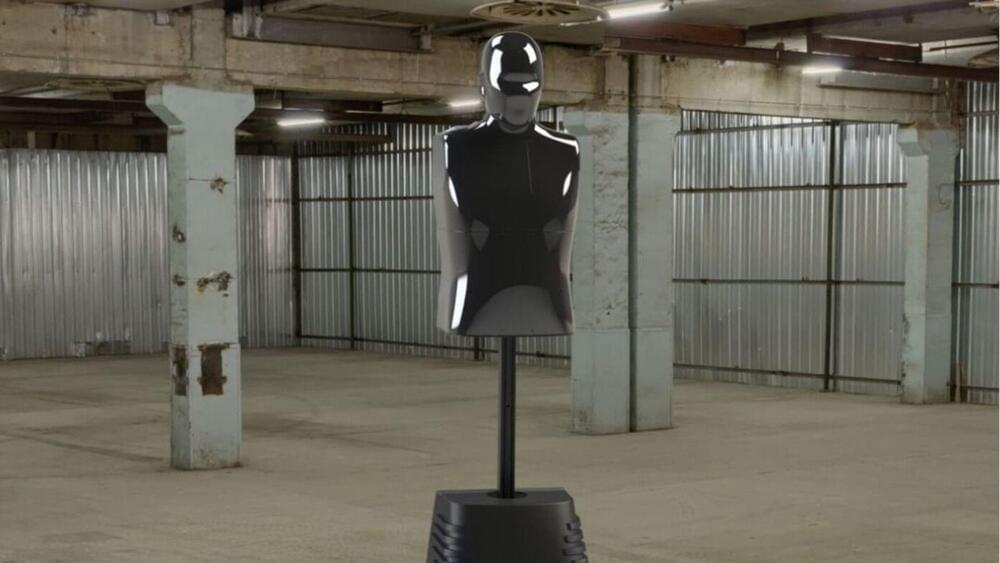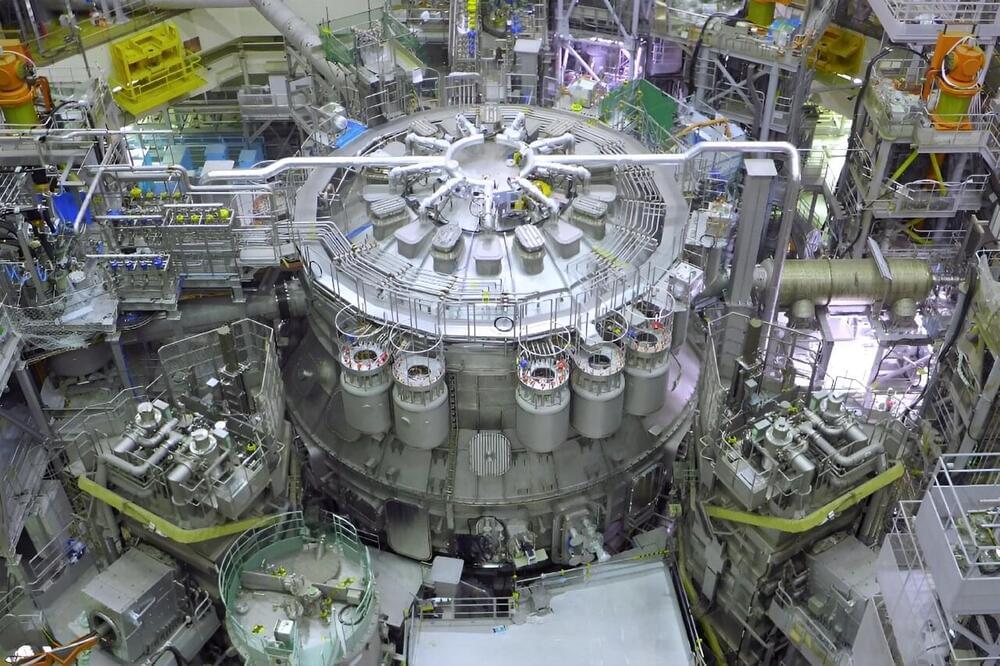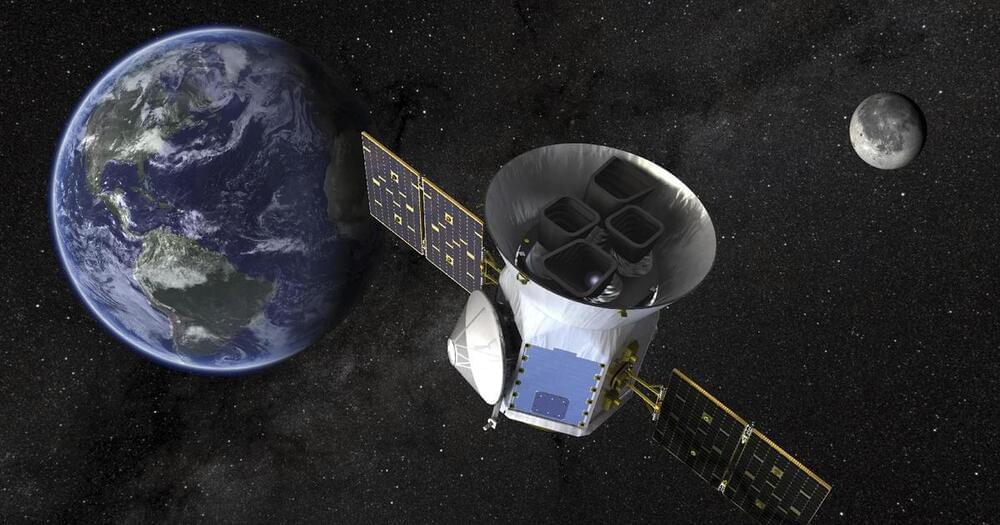The network’s total capacity will surpass 500 Gbps by 2025.
While China is already marching ahead with its internet infrastructure, the country has announced the completion of its first high-orbit satellite communication network, which aims to provide fast and reliable internet service within its territory and to several countries along its Belt and Road initiative.
The network, which consists of three high-throughput satellites named ChinaSat 16, 19, and 26, is expected to compete with SpaceX’s Starlink, a low-orbit satellite system developed by the American aerospace company, according to a Beijing-based communications expert.
500 Gbps speeds by 2025
According to the state news agency Xinhua, the state-owned China Aerospace Science and Technology Corporation, which owns the satellite operator, said the network would offer internet service for various sectors, such as aviation, navigation, emergency, and energy.







